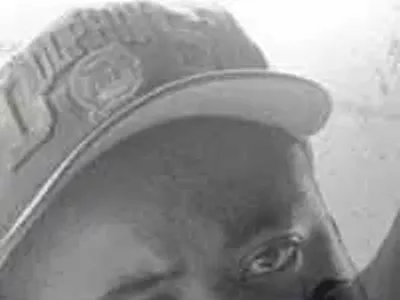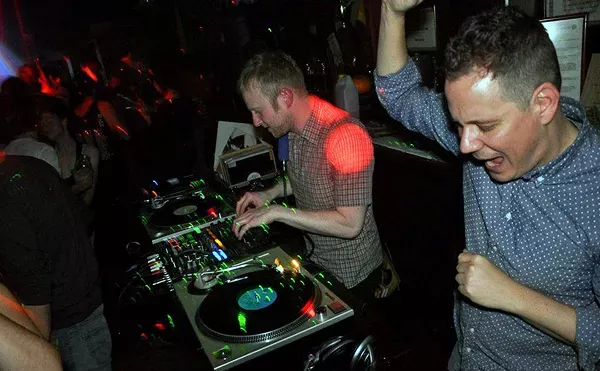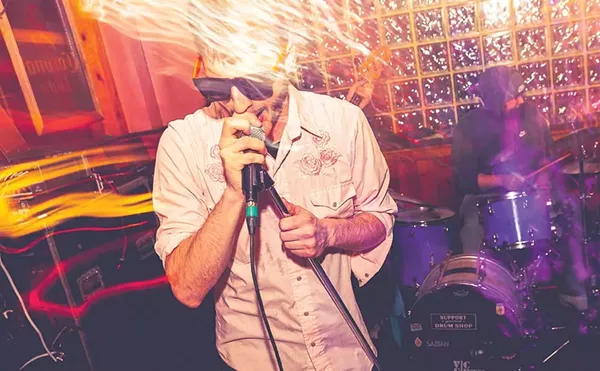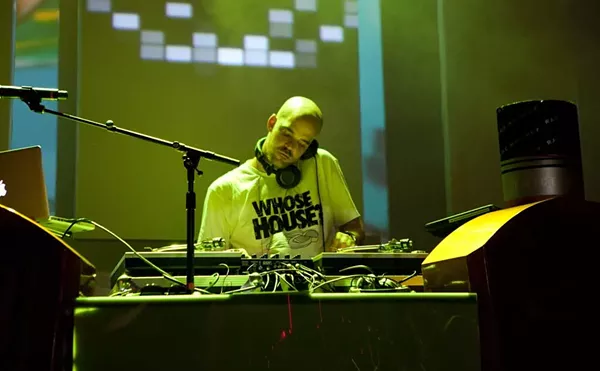It was inevitable that music would become electronic. An electric current was discovered, and the basic animal instinct to create communicative sound patterns using the new technology followed. Electronic instruments are just the latest progression in instruments that have been as primitive as the stick, as complicated as the MIDI sequencer.
But is dance music limited to electronic currents? Witnessing a flamenco or swing session proves otherwise. Both the desire to dance and to create music is instinctual. As technology has moved forward, not only has it allowed for what’s become known as “electronic dance music,” but that same technology has enabled, for perhaps the first time in history, a kind of worldwide community to thrive and celebrate the music together, without its members ever having met on an individual level.
Detroit techno, with all its acclaim, has never been an island unto itself. Consider the climate of those early ’80s noodlings. It was a time when New Wave reigned over pop culture. Not only were the electronic pulses of Kraftwerk invading Detroit’s airwaves, but also Yellow Magic Orchestra’s neo-wave designs were making their way to us from Japan. Hip-hop leanings found a dance floor with Afrika Bambaataa’s “Planet Rock,” while the more widely known Blondie gave a nod to the art of rapping through “Rapture.” The technological advancement of worldwide music distribution had already begun to make its impact on Detroit through these and countless other influences, not to mention the funk, blues, jazz and Motown found in our own back yards.
If Detroit could be found guilty of anything, it’s the desire to somehow, miraculously, use machines to accentuate the soul that already permeated our atmosphere. It could, perhaps, even be considered the next appropriate step after Motown — a perfect union of soul and technology.
The resulting sound was unique. Many from around the world had used these new instruments, but few had managed to give them the life, groove and emotion that early Detroit producers did and continue to do. Consider Rhythim Is Rhythim’s “Strings of Life” or Inner City’s “Good Life” to realize that the use of electronic instruments could be considered incidental to the overall celebratory feeling.
The introduction of Detroit techno began nearly two decades ago, upholding Detroit’s status as an influential music city. One can barely scan through an interview with an electronic musician or DJ without a mention of the impact that our city has had on them. Which is why an event like the DEMF can exist. It’s like, as Derrick May has said, a pilgrimage to the motherland, a visitation to see the artists who formulated this sound on their home turf. And with a schedule that includes hip hop, electro-jazz and programmed rock, it’s a chance to witness the evolution of electronic-based music.
As any music enthusiast will tell you, music is the universal language. Regions globally communicate different messages through their varied techniques in instrumentation, rhythmic structures, time signatures and tempos. Detroit branded its own style, operating from the gut with the tools available at the moment. It was never Detroit’s intention to give so many people so many reasons to dance — we were just trying to find the true meaning of soul.
Check out our other exclusive features on the Focus://Detroit.Electronic.Music.Festival/2001:
Pitch'd
Wired and juiced
Electric heaven
After-party overdose






